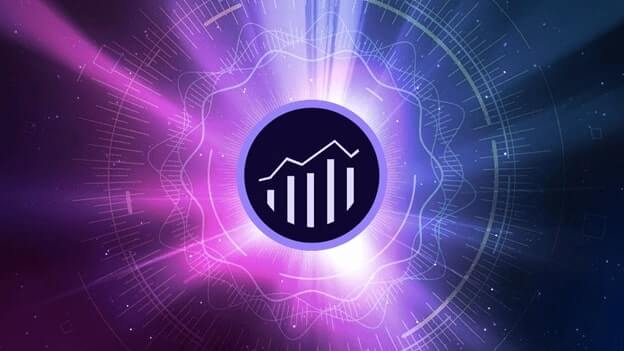
In many enterprises and across departments, the introduction of digital tools and practices are being instituted with a clear goal in mind – to make things easier, more efficient, and create greater value within the organization. Enterprise Resource Planning (ERP) systems enabled organizations to develop standardized data definitions and effective governance to streamline processes, ensuring a single source of truth. Moving these systems to the cloud has taken this a step further by integrating them across the value chain through APIs. Increasing adoption of Enterprise Performance Management (EPM) systems has provided the essential “missing link” between strategy planning and execution, while data analytics and visualization tools have empowered users to generate new insights to improve efficiencies across the board.
Things are indeed transforming in the accounting and finance departments of organizations, and today, I’d like to dive a little deeper and share the digital tools and technologies that are making this transformation possible.
Book Closures & Reporting
Typically, accounting and finance teams have used spreadsheets to make manual entries while tracking approvals via email. But that is no longer the case. Account reconciliations can be automated and centralized, enabling organizations to adopt a continuous accounting approach. In fact, accounting and finance teams no longer need to carry out quarterly or semi-annual book closures; instead, these systems do all the work in near real-time to ensure reporting is available as and when needed.
Journey Entries & Policy Compliance
Ask anyone who has ever manually managed accounts payable and receivable and they will likely tell you that not only does it take talent and skill; it is also incredibly draining – but it doesn’t have to be. Through automation, the entire process becomes not only sped up but more accurate with less human input. With the help of technology like Optical Character Recognition (OCR), intelligent bots can scan through receipts, expense claims, and other documents to ensure data and policy compliance. AI-powered process automation goes further and ensures correct accounting codes are identified and journal entries are automatically validated, certified, and posted. This not only improves accuracy but saves considerable time freeing up valuable resources to concentrate on real value creation.
Procurement
With the adoption of cloud-based platforms, APIs are being increasingly used across the procurement functions to integrate along the value chain by connecting downstream as well as upstream. With the help of AI and process automation, bots can be trained to process unstructured data and track price changes amongst a pool of suppliers to identify the best-suited supplier at a given time.
Integrity & Traceability of Records
Since accounting became a profession, mechanisms and techniques like double-entry bookkeeping have been developed to prevent, or at least make forgery difficult. However, technology is at it again with Blockchain, a truly transparent, low-cost-to-use, and openly available distributed ledger offering that is already proving promising. Blockchain not only simplifies regulatory compliance by ensuring immutability and accessibility but can also eliminate the need for reconciling partner ledgers.
Risk Mitigation
Integration with third party systems is now being used to carry out tasks like supplier or customer vetting. This can be done, for example, by looking up credit scores or accessing tax information to create risk profiles in real-time and make decisions that traditionally used to take days or weeks in just minutes.
Improved Customer Experience

It isn’t only internally that accounting and finance functions get to benefit – for this value can and will be passed directly to the customers. With advancements in technology like Natural Language Processing (NLP), chatbots are now commonplace for dealing with basic customer queries, including account balance information, upcoming bills, account status and more, all at a fraction of the cost when compared with traditional models.
Planning & Forecasting
The power and sophistication of technologies like AI and Machine Learning are growing daily, allowing more and more enterprises to utilize predictive analytics to improve the accuracy of key initiatives like sales forecasts. Not only a tool for prediction this use of data can help to significantly reduce operational costs through optimizing working capital management.
Strategy Execution
The availability of EPM platforms and their integration with deployed ERP systems has empowered finance teams to utilize them to strategize, plan, analyze, optimize, and close financial results. These platforms extend the capabilities of traditional ERP systems, driving digital transformation, including increased agility and accelerated planning cycles, improved decision support, reduced time and user errors associated with manual planning processes.
Take Away
The transformation of accounting and finance functions is well underway and is already creating real value for enterprises. Research has shown us that with the help of RPA and AI, 80% of the key accounting and finance processes can be standardized and automated. And while nobody would ever argue the value that this critical department holds in an organization, the time has come to make their jobs and lives a little easier and the value they create a little greater and more widely felt.



